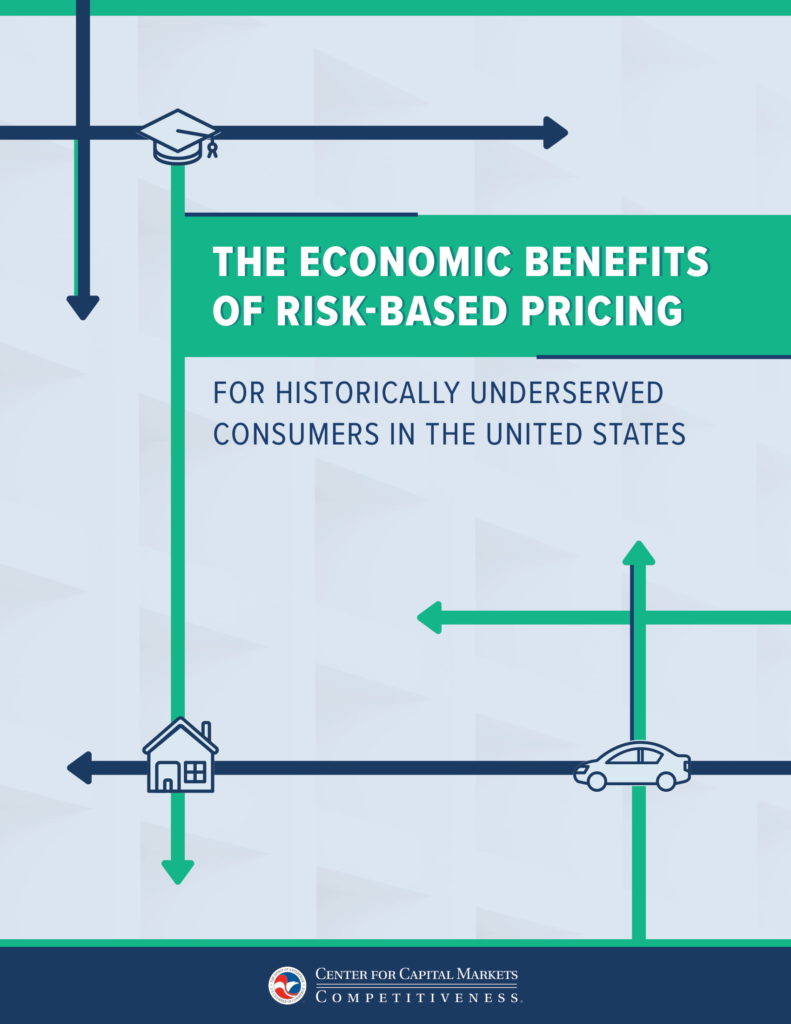The benefits of risk-based pricing are far reaching. Financial companies use analytics to better assess risks to offer innovative products at lower prices for consumers. The use of risk-based pricing has allowed lenders and insurers to better serve consumers across the risk spectrum. Under this system, costs are lowered for the majority of consumers who are deemed low risk, while credit opportunities are expanded for higher-risk consumers. Risk-based pricing also creates a fairer marketplace. The use of objective financial information and other factors proven to correlate with risk allows for increased consistency across each company’s lending or insurance underwriting process. Additionally, consumers are not expected to pay for the costs imposed by someone else’s dissimilar risk, as is often the case in a uniform pricing system. However, risk-based pricing is currently under scrutiny and is being threatened by proposals that would limit access to data that drives the benefits of risk-based pricing. Limiting risk-based pricing by eliminating predictive data or banning it would have significant negative impacts on consumers, especially minority and low-income households.


